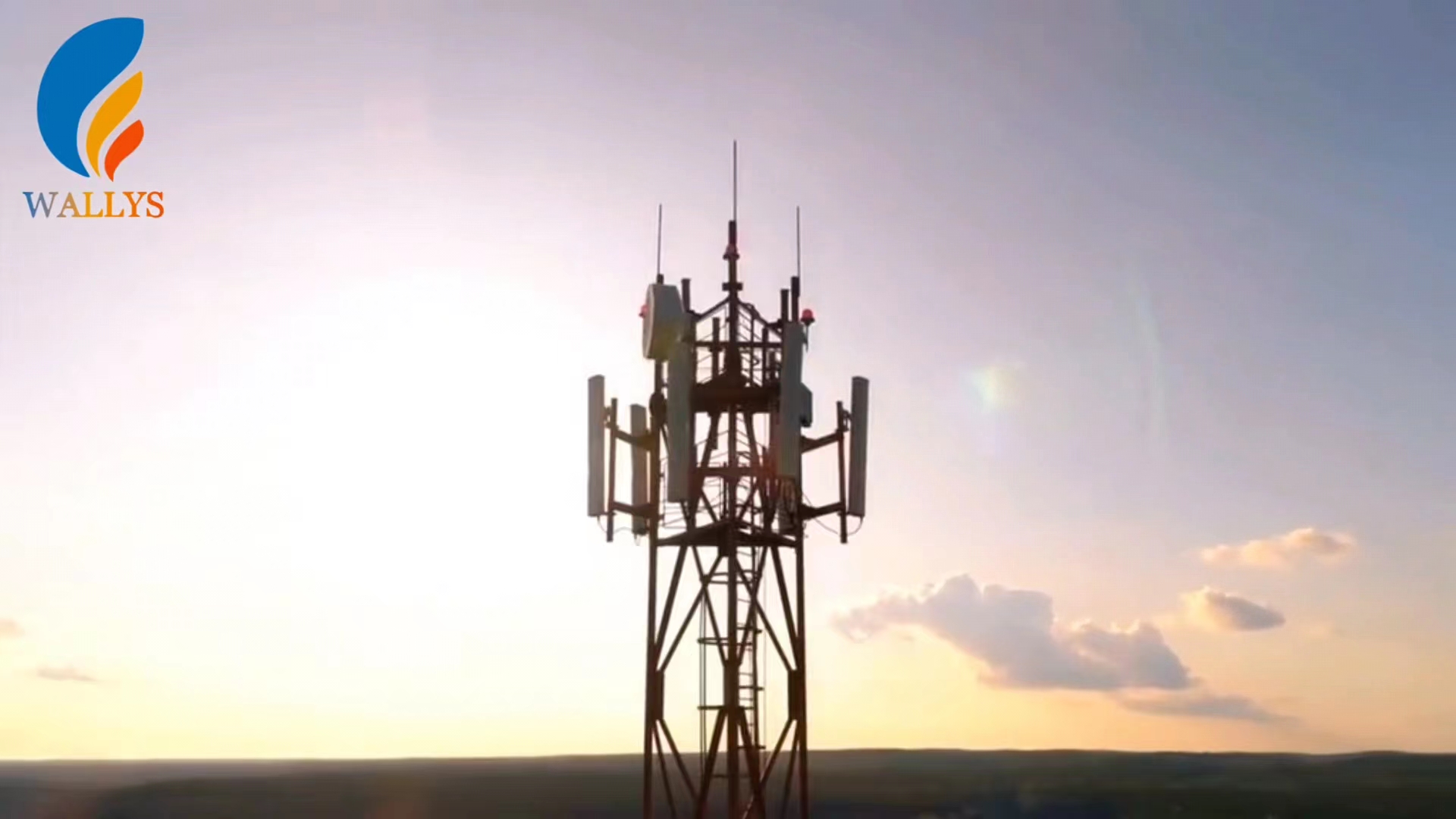
By admin Date of issue: Sep 26,2023
The Future of Wireless Connectivity: Balancing Performance, Spectrum, Energy, and Environmental Impact
In our ever-connected world, wireless connectivity is at the heart of technological advancements and societal progress. As we look ahead, several key factors will shape the future of wireless connectivity, including performance demands, spectrum utilization, energy efficiency, and environmental impact.

1. Future Needs for Wireless Connectivity
Drivers of Broadband Demand: The thirst for data continues to grow exponentially. Emerging technologies like augmented reality (AR), virtual reality (VR), and the Internet of Things (IoT) are driving unprecedented demand for high-speed broadband connections.
Wireless Dominance: Wireless technologies have become an integral part of our lives. Mobile devices, smart homes, and remote work rely on wireless connectivity, making it a central pillar of our digital existence.
Increasing Demand for Wi-Fi Performance: Wi-Fi networks are the backbone of our connected world. The need for faster, more reliable Wi-Fi connections is ever-increasing, driven by the proliferation of smart devices and bandwidth-intensive applications.
Suitability of Wireless Technologies: While wireless technology is indispensable, choosing the right wireless solution is crucial. Each wireless technology, from 4G to 5G and beyond, serves specific use cases and performance requirements.
2. The Impact of Available Spectrum
Mobile Networks: Mobile networks are hungry for spectrum to deliver high-speed data to smartphones and IoT devices. Allocating and managing spectrum efficiently is a key challenge in ensuring seamless connectivity.
Wi-Fi Networks: Wi-Fi networks, particularly with the advent of Wi-Fi 6 and 6E, play a vital role in providing high-speed, localized connectivity. Efficient spectrum use in this context is essential for reducing interference and congestion.
3. Developments in Energy Requirements for Telecommunication Networks
Energy Consumption of Fixed Access Networks vs. Mobile Networks: Balancing energy consumption in fixed wireless access (FWA) vs. fiber to the home (FTTH) and in 5G mobile vs. FTTH is essential. Energy-efficient technologies are crucial in reducing the environmental footprint of telecommunications.
Efficiency Improvements in Wi-Fi Equipment: Ongoing efforts to enhance the energy efficiency of Wi-Fi equipment are contributing to reduced power consumption, making Wi-Fi a more sustainable choice.
Environmental Impact of Transitioning Traffic: Analyzing the environmental consequences of shifting indoor traffic from FTTH/Wi-Fi 6E to 5G mobile is vital. Understanding the trade-offs between different technologies helps inform sustainable choices.
4. Knock-on Effects in Other Sectors
The impact of wireless connectivity extends beyond the telecommunications sector. It influences industries such as healthcare, transportation, agriculture, and more. Efforts to reduce energy consumption and environmental impact in telecommunications can have positive cascading effects in these sectors.
In Conclusion
The future of wireless connectivity lies at the intersection of increasing performance demands, efficient spectrum utilization, reduced energy consumption, and mitigated environmental impact. Striking the right balance among these factors is crucial for building a connected future that is not only fast and reliable but also sustainable for generations to come.
For more products please visit : https://www.wallystech.com/product.html
Follow us in the Youtube :https://www.youtube.com/channel/UClmu7LBz_OWxe2VckkQr3tw
Our product support OpenWRT, please visit our gitbub link for the code : https://github.com/wallystech
ADD:116 ChengYang Road, XiangCheng District, SuZhou City,JiangSu Province, China
Skype:sunbenku1
Email:support@wallystech.com
Copyright © 2020 Wallys Communications (Suzhou ) Co., LTD Sitemap



